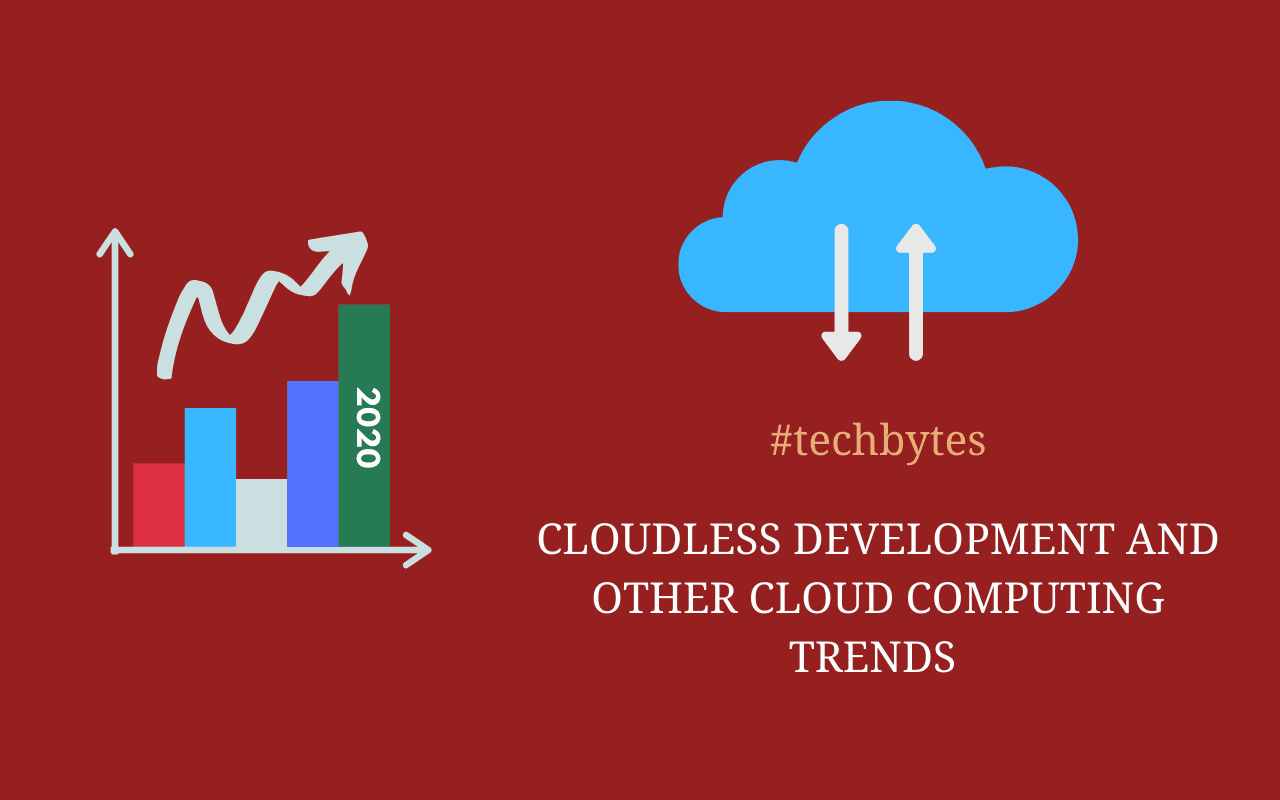
Advantages and Disadvantages of Cloud Computing – Techbytes
Cloud computing means storing and accessing data over the internet. These resources include tools and applications such as software, databases, data storage, and servers.
In the past, these programs and application files would be downloaded from servers and run or stored on computer hardware. With cloud computing, users can access these data remotely as long as you have active internet.
You may already be using various cloud-based applications without knowing it. When you post on Instagram, make a status update on Facebook, or check your bank account balance on the phone, you make use of cloud computing.
However, just like any other technological breakthrough, cloud technology comes with its share of drawbacks as well. In this article, you will learn both advantages and disadvantages of cloud computing in detail.
Advantages of Cloud Computing
Cloud computing offers enterprises that adopt cloud infrastructure the following benefits:
Cost reduction
All businesses want to generate lots of revenues while at the same time, keep expenses as low as possible. With cloud computing, there is no need to pay upfront fees or spend money to buy and maintain your own infrastructures, such as in-house servers and applications. Instead, you only pay for what you use. When you no longer require a specific service, you simply withdraw. Running and maintaining in-house servers is expensive as you will have to hire an IT professional, pay for electricity, office space, maintenance, air conditioning, and other operational expenses. Cloud computing eliminates all these costs and still solves all your business problems efficiently.
Reliable
Sometimes you may not be able to serve your clients because of an issue beyond your control. Well, that doesn't happen with cloud computing. Cloud providers are always available 24/7 to assist you in solving your problems for the entire contract period. And in case the host server malfunctions, hosted files are moved to other servers promptly. The advantage of cloud is that data is stored across several servers or servers in different locations. That assures you of uninterrupted services, enabling you to address your clients' needs without any setback.
Manageable
Maintaining, updating IT infrastructure, and solving server problems on your own can be exhausting and time-consuming. Cloud service providers take care of the technical aspects of the services you use, such as management and maintenance of the IT services. This enables you to access services and applications on a simple user interface with ease. The service providers also adhere to Service-Level-Agreement, which requires them to offer you precisely the cloud service you need and solve your issues at your convenience. There is no need for maintenance and IT infrastructure updates when using cloud computing.
Strategic edge
Keeping up with the latest trends and technological advancements is vital for business growth and other aspects of life. Cloud computing provides you with cutting-edge infrastructure and mission-critical applications that help develop and enhance your services to fit your clients' needs. You can access any software you need at any particular moment, minus the need for infrastructure installations and software maintenance. Simply put, cloud computing gives you ample time to focus on serving your clients and growing your business.
Easily scalable
Earlier on, companies couldn't scale up or down in line with the resources they needed. When requirements increased, they were forced to purchase extra resources, and when requirements decreased, they were left with surplus resources.
It is expensive to upgrade traditional servers, and there is a likelihood of paying for office space that's often unnecessary. When using an on-premise infrastructure, you must plan for the future based on an analysis of your current workload.
The infrastructure in cloud computing scales according to demand to support fluctuating amounts of work. Cloud service providers will allow you to scale up or down automatically. That means you will only spend on the services you need and save unnecessary costs.
Disadvantages of Cloud Computing
Here are some challenges of using Cloud Computing:
Privacy and security
As much as cloud service providers are certified, have strict confidentiality policies, and the most satisfactory security standards, there is still a potential threat to your data. A third party can gain your access controls and transfer classified information from your PC onto the cloud the moment you begin using cloud-based technology.
Hackers and other data thieves can devise ways to bypass the security protocols and access data stored in the cloud. Literally, cloud data, software, and applications are at a greater risk of being accessed by unauthorized individuals on the cloud than if they were stored and managed on in-house servers. Additionally, if your service provider's security is breached, you can incur losses and experience downtime as a result.
Downtime
Service outages are common to all providers due to overloaded cloud servers, power loss, or poor internet connectivity. Cloud computing systems depend on internet connection entirely, meaning they can fail at any time. And when that happens, you won't be able to access your data, applications, and software on the cloud. There is no other way to access the servers without a reliable internet connection. Recurrent outages and slowdowns can lead to substantial losses for your business.
Vendor lock-in
Companies might experience difficulties when migrating from one vendor to another. The transfer of services from one platform to another can be met with configuration complexities, support concerns, and extra costs. Vendor platforms differ from one another, and compromises made during the migration might also leave your data vulnerable to attack. And for some companies, it is so challenging to extract your data, applications, and software from the cloud server once you cancel a particular service.
Costs
Cloud computing services can be expensive, mainly when used for short-term or small-scale projects. Although companies benefit from reducing staff and spending less on hardware, the cloud service's overall budget could surpass the saved costs. It is imperative to compare your available workload with how it will grow before settling on cloud service.
Limited control
You hand over your data, tools, software, and applications and give up part of the control the moment you sign up for cloud computing. The service provider takes full charge of backend infrastructures like firmware management and server shell access.
End-user management policies and license agreements by cloud providers might limit what you can do on the cloud. Besides, the quality and speed of cloud service can be compromised should you experience hardware or software breakdowns.
Final Thoughts
Although cloud computing has both advantages and disadvantages, it is worthy and continues to gain popularity worldwide. The drawbacks are not likely to hinder you from achieving your business goals with cloud-based technology. Make sure you do extensive research on cloud service providers and settle for a reliable one.


